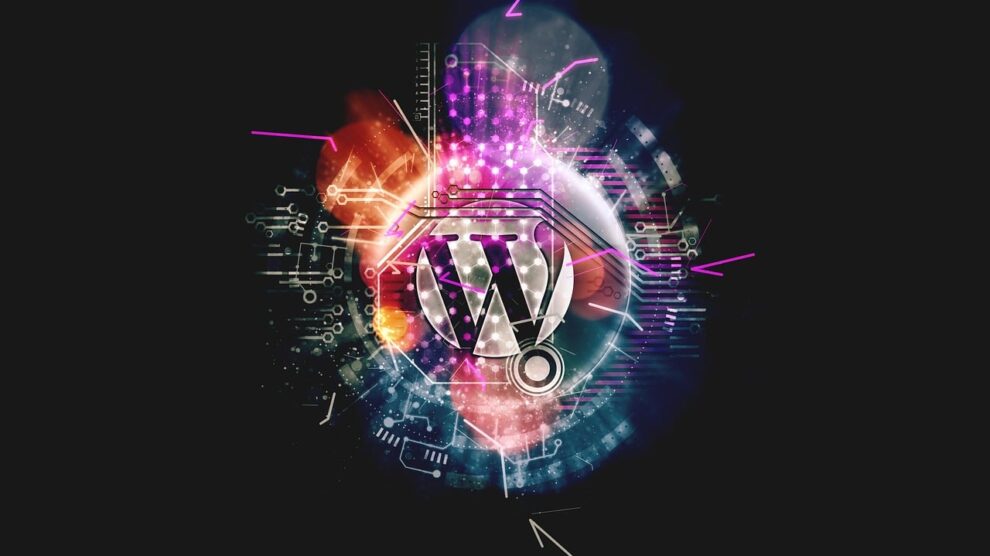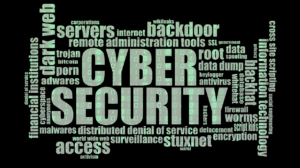Are you practicing social distancing to save yourselves and your loved ones from COVID-19?
Well, if you are, that’s great.
It’s the only effective way to limit the spread of this virus. But, in the wake of this pandemic, have you been less concerned about the safety of your WordPress website?
Let me tell you a secret; hackers love distractions.
Recently, WHO reported back to back cyber attacks. They have also said that the attacks have increased two fold in this pandemic era. So, if you have not been checking up on your website, do it now!
Did you know that every minute more than 90,000 hackers attack WordPress websites?
So, what can we do about it?
For starters, you must ensure you are using the latest WordPress version because that’s the most secure release available. Nobody will disagree with that.
But is that all someone should be doing to protect their website?
No, not even close.
Unlike platforms such as Wix, with WordPress, you have to take steps to ensure your site’s security.
In this post, I’ll give you the 10 most effective tips to keep your WordPress website secure.
Let’s dive right in
Don’t use Admin as Your Username
It’s almost ironic to find experienced developers using “Admin” as a username while logging on to their website’s WordPress account.
Don’t act surprised; it’s true, it happens, and you might have seen it. It makes it easier for hackers to penetrate your website, one less piece of the puzzle to solve.
In older WordPress versions, “Admin” is set as a default username. However, recent releases of WordPress offer their users the opportunity to opt for their own unique user name during installation.
So, update your WordPress version and stop using Admin as your username.
Use a Strong Password
You must be thinking why I am stating the obvious.
Well, this is the most common mistake. Developers forget the basics of cybersecurity while setting up advanced security and firewalls.
But if you forget to lock your main door, all the alarm systems of your home’s inside security systems will be compromised.
Got my point? So, do not skip these basics.
Your password must not be 123456. It has to be unique. Ideally, it should be a complex combination of letters, numbers, and symbols. Even a kindergarten student will be able to guess “1234” or “ABCD,” so just don’t do it.
Apply Two Factor Authentication
This method has proven to be very effective. Even after setting a strong password, brute force attacks manage to get through sometimes.
Here comes the role of Two-Factor Authentication. The user has to enter a code sent to his/ her mobile phone or email, every time, after input of a password.
As the mobile number belongs to the user himself, this security feature has been successful. Even when someone is trying to penetrate your account, an automated message is sent to your contact number. It alerts you about a possible attack on your WordPress website.
Many free plugins are available to apply two-factor authentication to your WordPress admin account.
Limit Login Attempts
How many times can you possibly type incorrect credentials while logging in to your WordPress account?
Twice or thrice, if you are forgetful.
You have to limit your login attempts to avoid giving leverage to hackers to try and guess your credentials.
By default, WordPress offers unlimited login attempts, and it may seem convenient to some individuals, but it is also convenient for hackers.
So fix this breach by limiting the attempts. There are some plugins that you can use to limit the number of login attempts.
Keep Your WordPress Version Updated
As I mentioned in the beginning, the first tip any WordPress expert will give you regarding security is, “keep your WordPress version up-to-date, as the latest version has the most secure web security metrics”.
You not only have to keep your version updated; you must also update your plugins and themes. This also adds an extra layer to your site’s security.
Why is this so important?
It’s because WordPress is an open-source platform. WordPress is developed and managed by a worldwide community of volunteer computer scientists and software engineers. With every new update, any security vulnerabilities are patched.
Don’t use Nulled Themes
Saving a few bucks is always tempting, isn’t it?
Nulled themes are cracked versions of premium themes available for free via illegal means. These themes can be very dangerous for your WordPress website. They may contain hidden malicious codes, which can serve as a doorway to your login credentials for hackers, and destroy your website or render your data vulnerable.
Moreover, original premium themes have more functionality and are considerably more secure. Spending a few bucks once is better than what you may have to pay later by using nulled themes.
And also, there are several free themes available on WordPress, and they are not bad at all. Just keep updating your themes to keep them safe and secure.
Use a Security Plugin
Why am I emphasizing so much on plugins?
Well, suppose you are not using a security plugin; how do you then plan to secure your website?
Will you be able to check for hidden malware 24/7?
It’s not humanly possible. On the other hand, programs don’t need to take a nap. That’s why having security plugin is so much more preferable to protect your site from cyber attacks.
Moreover, malware has now become so camouflaged that you may think that you are looking at real code, while in reality, it may be a virus. If you are new to WordPress, it will not be easy for you to detect and fix issues such as malware redirect hack.
To make things easy, install a WordPress security plugin and let it do the rest.
Turn Off File Editing
While setting up your WordPress website, you must have come across a “Code Editor” function on your account’s dashboard. It allows you to edit your themes and plugins etc.
After you have completed developing your site and it’s live on the internet, I urge you to disable this code editing function.
If you don’t turn it off and a hacker gains access to your WordPress admin panel, he can hide malicious code in your overall programming. You won’t be able to notice until it’s too late.
To disable this functionality, you can easily find the code, which you have to insert in your PHP file. For your ease, simply paste the following code in your wp-config.php file: define(‘DISALLOW_FILE_EDIT’, true);
Install SSL Certificate
What is SSL and how does it work?
It’s a protocol, which encrypts all the data transfers from a client’s website to the user’s browser. Encryption of this data makes it difficult for any hacker to steal information.
If you don’t have it, consider installing it now because Google favors sites with SSL in its search results. It’s extremely important for eCommerce sites.
Schedule Regular Backups
Imagine your website’s security firewalls have been breached by hackers.
Your first instinct will be to restore your website. Scheduling regular backups makes this possible.
Maybe your site contains crucial client data and you need to take your website down to secure that data. In this case, backups are lifesavers.
After patching the breach, your website can be restored using backups and you can go live again with minimal data loss.
Winding Up
I hope this post helped you understand the importance of keeping your WordPress site secure, and all that you can do to avoid any breaches.
In closing, there is no sure fire way to be 100% protected from cyberattacks, but you can mitigate the risks.
Most importantly, keep updating your WordPress version and (please) schedule regular backups for emergency situations.
Stay home and stay safe.





